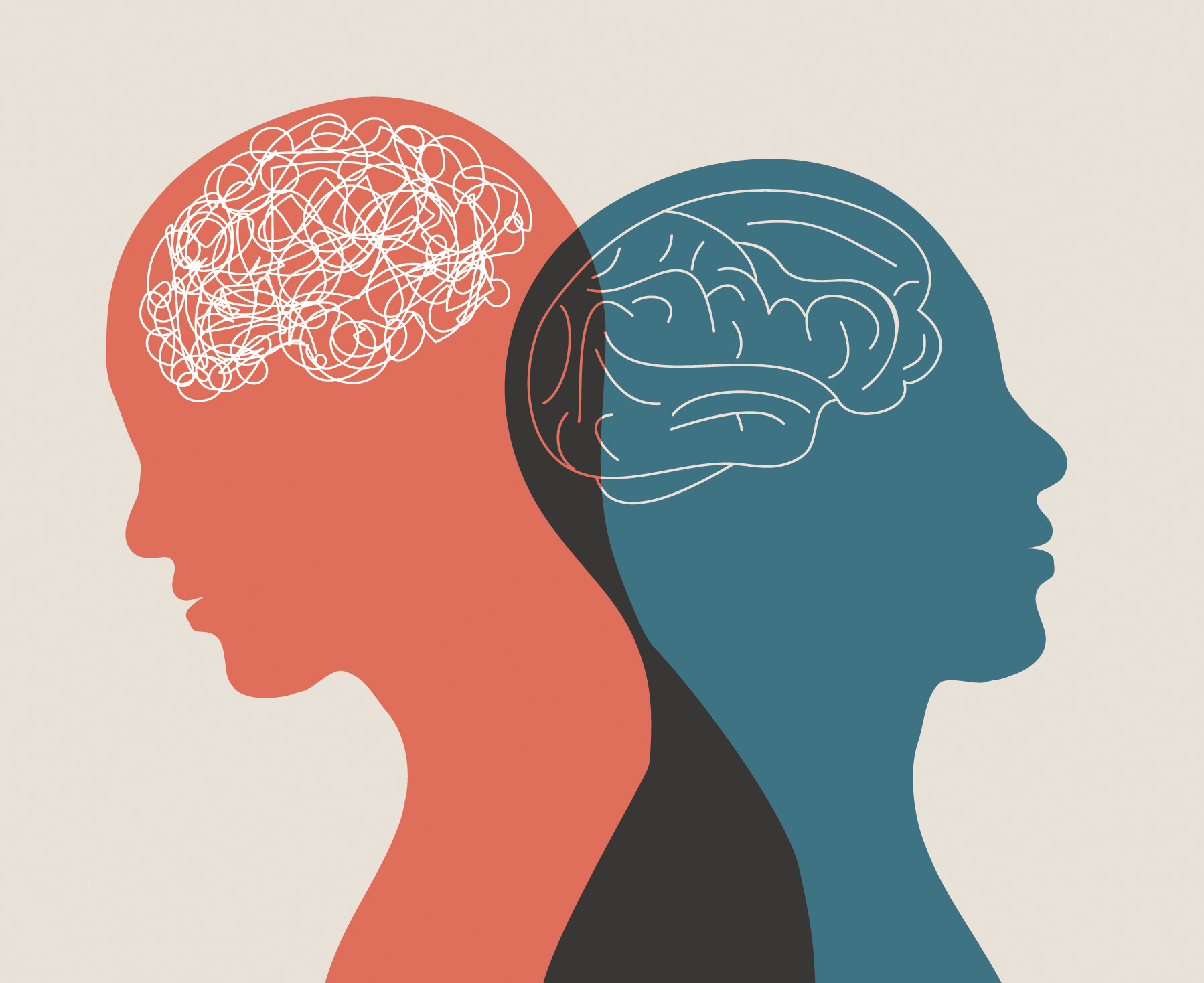
Men, Sexual Behaviors, and Dynamic Risk Factors
by Steven Sawyer, MSSW, LICSW
“No Man Ever Died from An Unused Erection”
Audrey Schroeder, MA, RN (retired)
My friend and former colleague, Audrey Schroeder, was my co-architect of a brief therapy/education program for men who were charged with an adult prostitution related crime. We started the program during a period of time in the late 1980’s (and operated it until shortly before the pandemic), when many local law enforcement agencies set up sting operations in hotels and on local streets, and as sex trafficking became more of a publicly recognized issue.
Studies by Sawyer et al. (2002) and Sawyer and Metz (2007) about men who pay for sex with adult sex workers showed that there were a variety of reasons those men sought sex with women. In those studies, about half the men were in relationships and still seeking sex outside their relationship. The motives included a need for affection, wanting sexual activity that their partner would not do, or seeking some kind of companionship. Some of those men clearly described a behavior pattern that mirrored what we think of as addictive, compulsive, or hypersexual behavior. For example, some reported that they felt pressure to engage in the behavior they knew was harmful, wrong, illegal and secretive (for those who were partnered) yet they did it anyway. Is this compulsive behavior? Is this hypersexual behavior? Is it addictive behavior? When we examine the motives there are clearly a number of underlying interpersonal and intrapsychic dynamics at play.
I have seen dozens of men in treatment for illegal sexual behaviors including child sexual abuse, CSEM, and voyeurism who described a similar pattern of engaging in a behavior that they told themselves they shouldn't do but did it anyway, felt pressured to engage in the behavior, felt guilty after the behavior but were unable to overcome the “compelling” urge.
“Sexual preoccupation was my reward for the misery I was in.”
Catholic priest who sexually abused his minor age nephew and is now retired and has been removed from public ministry
He grew up in a strict family with a harsh father. He felt an early sense of shame that he carried into seminary and his early years as a priest. He was uncomfortable in his own skin, knowing he was attracted to men, and feeling the discord with Catholic doctrine. As with many men with what was then called “ego dystonic homosexuality,” he had no outlet to explore and make meaning of how he felt about himself and his sexuality. Acting out with his nephew was a symptom of, as he stated, “…the misery I was in”. Over time he suppressed and compartmentalized it even though he was a supervisor of other priests who were removed from ministry as a result of the 2002 Bishops Charter. (The Charter for the Protection of Children and Young People is a comprehensive set of procedures originally established by the United States Conference of Catholic Bishops (USCCB) in June 2002 for addressing allegations of sexual abuse of minors by Catholic clergy. The Charter also includes guidelines for reconciliation, healing, accountability, and prevention of future acts of abuse. It was revised in 2005, 2011, and 2018.) He kept the secret until the nephew came forward and reported it to his superior.
“Just Sex” - One young man’s story
“Never did I ever think I would call myself a sex addict. When you’re a kid, growing up, it’s just not something you think about. You think you’re going to be a rockstar, a firefighter, work in “Finance”. But never an addict. Never a “sex” addict. It isn’t brought up in class, or warned about by your grandparents — “Now don’t go doing this”. They tell you to make sure to wear a jacket, or no physical activity 30 minutes after you eat. Well, here I am today, 9 months sober and I can unfortunately admit, I was a sex addict.”
“My upbringing was pretty normal. Lots of loving family – parents, grandparents, aunts, uncles- and everything was fine except my parents got a divorce when I was in 8th grade and my mother struggled with substance abuse when I was in high school and beyond. I played sports, had friends, and despite having strong ADD and some difficulty with school and authority, was a totally normal kid. I got what I wanted, when I wanted, and was taken care of mentally and emotionally.”
“So why the behavior of paying for sex hundreds of times, and with young women? What created this comfort seeking, impulse driven, monster? Was it a battle with Leukemia as a child, parents’ divorce, and a lost parent at the age of 20, and a sense of broken identity due to a hedonistic and exuberant lifestyle and the money of a private school? None of this registered on my radar, until I consulted my final and most recent therapist.”
“You see, to work through your addictions, or their cycle, it is so important to analyze the root – or nature – of your turmoil. In working with this therapist, I found the grand majority of my behavior, my “response” started from the very beginning. My first major childhood trauma – Leukemia. From the age 3-6 I battled Leukemia. Being that young, I remembered very little about it, but its traumatic tentacles left its mark. The constant procedures, and medications, and uncomfortable hospital stays, left me with a sense of (anxious) concern. A sense of “…is everything going to be alright…?”. Will I die today? An unease I had to continue to carry with me until I got the right help.”
These men tell a story of the crossroads of what we now know as Dynamic Risk Factors and hypersexual or compulsive sexual behaviors. Unbearable emotional distress led to the Sex as Coping mechanism, and for some to Sexual Preoccupation, spawned out of chronic intimacy deficits and relationship isolation and a diminished Capacity for Relationship Stability or Social Rejection/Loneliness. Over time Emotional Regulation was impaired. Some progressed to an extreme that we might call addiction, compulsiveness or hypersexuality, others remained more muted, but deeply troubled, thrown off their moral course (most but not all had a moral compass). Untangling this labyrinth of personal history, relationships, personality traits, life circumstances, risk and protective factors, and then finding avenues of change are key elements of treatment.
References
Miner, M. H., Romine, R. S., Raymond, N., Janssen, E., MacDonald, A., & Coleman, E. (2016).
Understanding the personality and behavioral mechanisms defining hypersexuality in men who have sex with men. The Journal of Sexual Medicine, 13(9), 1323-1331. https://doi.org/10.1016/j.jsxm.2016.06.015
Sawyer, S., Metz, M., Hinds, J., & Brucker, B.J. (2002). Male customer attitudes about prostitution. Current Psychology.
Sawyer, S., & Metz, M. (2007). The Attitudes Toward Prostitution Scale (ATPS); Preliminary
Results. International Journal of Comparative Criminology and Offender Rehabilitation. Sage.
